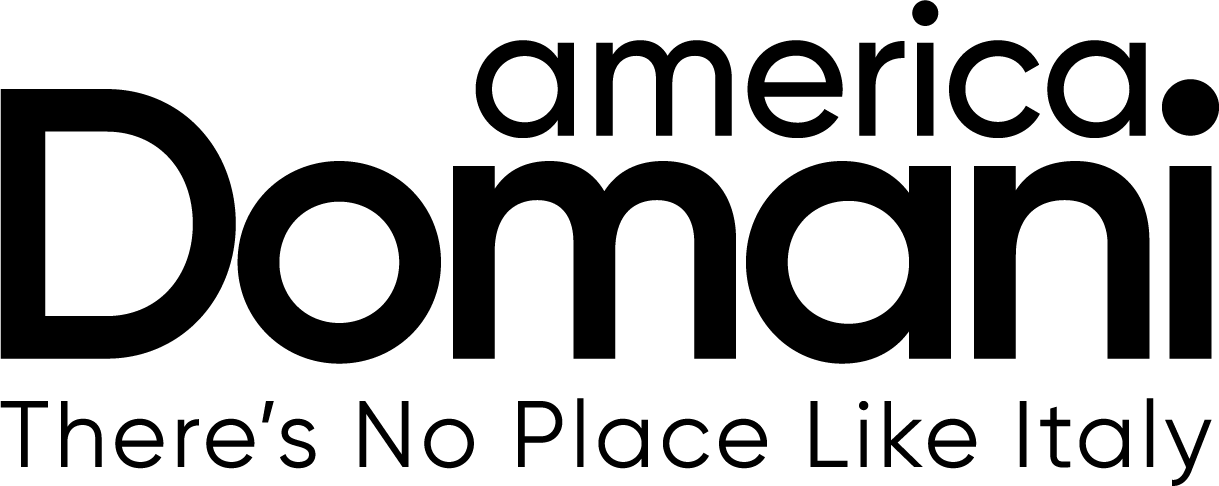When most people think of the Italian language, they likely imagine the melodic, sing-song tones of standard Italian, often associated with art, opera, and, of course, delicious food. However, the reality of Italy's linguistic landscape is far more diverse and rich than one might expect. While Italian is the country's official language, Italy is home to a vibrant array of regional dialects and languages, many of which have deep historical roots and cultural significance.
In this blog post, we'll explore the Italian language—its origins and common phrases—and take a closer look at the regional dialects that bring flavor and variety to everyday conversation across the country.
The Birth of the Italian Language
Italian, like many European languages, traces its origins to Latin, the language of the Roman Empire. After the fall of the Roman Empire in the 5th century, the Latin spoken across Italy began to evolve into different regional variations. Over the centuries, these "vulgar" forms of Latin gradually shifted into distinct dialects and languages, influenced by invasions, trade, and local cultures.
By the 14th century, the Tuscan dialect, particularly that spoken in Florence, began to emerge as the most widely respected form of Italian, largely due to the literary achievements of Dante Alighieri, Petrarch, and Giovanni Boccaccio. These writers shaped the cultural landscape of Italy and helped elevate the Tuscan dialect to a position of prominence. However, even after Italy's unification in the 19th century, the country remained linguistically fragmented, with various dialects spoken in different regions.
Today, the Italian we know is based on the Tuscan dialect, which was adopted as the standard language. Yet, the country’s regional dialects continue to thrive, each with its own unique linguistic features and cultural importance.
Key Italian Phrases to Learn
If you're planning to visit Italy or simply want to dip your toes into the language, learning a few key phrases is a great start. While regional dialects are important, standard Italian is spoken throughout the country and will serve you well. Here are some useful phrases to get you started:
Ciao! – Hello! / Goodbye!
Buongiorno! – Good morning!
Buonasera! – Good evening!
Come stai? – How are you? (informal)
Come sta? – How are you? (formal)
Mi chiamo [name]. – My name is [name].
Dove si trova [place]? – Where is [place]?
Quanto costa? – How much does it cost?
Per favore. – Please.
Grazie. – Thank you.
Scusa, parli inglese? – Excuse me, do you speak English?
Non capisco. – I don’t understand.
Aiuto! – Help!
These essential phrases are great for navigating daily interactions in Italy, whether you’re dining in Rome, shopping in Florence, or enjoying the sights of Milan.
The Rich Tapestry of Italian Dialects
While standard Italian is used in official settings, media, and education, the regional dialects are an integral part of Italy’s identity. These dialects not only represent linguistic variation but also reflect the cultural and historical distinctions between Italy’s different regions. Let’s dive into some of the most famous regional dialects spoken across the country.
1. Sicilian (Sicilianu)
Sicilian, spoken on the island of Sicily, is one of the most distinct and well-known dialects in Italy. It has been influenced by centuries of foreign rule, including the Arabs, Normans, and Spanish, and its vocabulary and pronunciation reflect this rich mix of cultures. Sicilian has even been recognized as a distinct language, though it is considered a dialect of Italian by many.
Example phrase:
Italian: Come stai? (How are you?)
Sicilian: Comu stai? (How are you?)
2. Neapolitan (Napoletano)
Spoken in the Campania region, particularly in Naples, Neapolitan is famous for its lyrical and expressive qualities. This dialect has had a significant impact on Italian music, especially through the genre of traditional Neapolitan songs, which are beloved worldwide. Neapolitan can sometimes sound quite different from standard Italian, with its own set of phonetic rules and a rich vocabulary.
Example phrase:
Italian: Come va? (How’s it going?)
Neapolitan: Comme va? (How’s it going?)
3. Venetian (Vèneto)
Venetian is spoken in the Veneto region, particularly in Venice. It has a distinctive sound and vocabulary that set it apart from other northern Italian dialects. The dialect has been heavily influenced by the Venetian Republic’s long history as a maritime power, and many words are borrowed from other languages, such as Greek and Latin.
Example phrase:
Italian: Dove vai? (Where are you going?)
Venetian: Dove te vai? (Where are you going?)
4. Romanesco (Roman Dialect)
Romanesco is the dialect spoken in Rome and its surrounding areas. It is often considered one of the more "neutral" dialects, in the sense that it is not as distinct from standard Italian as others. However, it is still full of unique expressions, intonations, and a playful sense of humor. Romanesco’s influence on Italian pop culture is substantial, especially through cinema and theater.
Example phrase:
Italian: Che fai? (What are you doing?)
Romanesco: Che fai? (What are you doing?)
(Romanesco sounds almost identical to standard Italian, but with a characteristic Roman intonation.)
5. Lombard (Lumbard)
The Lombard dialect is spoken in the Lombardy region, particularly around Milan. It is a member of the Gallo-Italic family of dialects and has a number of unique sounds and vocabulary that distinguish it from standard Italian. Despite the widespread use of standard Italian in Milan, Lombard remains an important part of the region’s cultural identity.
Example phrase:
Italian: Buongiorno! (Good morning!)
Lombard: Bun dì! (Good day!)
6. Piedmontese (Piemontèis)
Spoken in the region of Piedmont in northwest Italy, Piedmontese is another dialect with a long history. It has been influenced by both French and Occitan, given the region's proximity to France and historical connections. Piedmontese is a charming, melodic dialect that has seen a revival in recent years, especially among younger speakers eager to preserve local traditions.
Example phrase:
Italian: Come ti chiami? (What’s your name?)
Piedmontese: Coma ti chiamo? (What’s your name?)
Dialects in Decline?
While Italy’s regional dialects continue to be spoken, their use is gradually declining, especially among younger generations. The rise of television, radio, and education in standard Italian has led many Italians to shift away from their regional dialects in favor of the more widely understood language.
That said, efforts to preserve dialects are underway in many parts of Italy. Cultural groups, academic institutions, and local communities are working to keep these dialects alive, often through language courses, festivals, and literature. In some regions, dialects are even taught in schools to ensure that future generations will continue to speak and appreciate their local languages.
The Beauty of Italian’s Linguistic Diversity
Italy’s linguistic diversity is a testament to the country’s rich and complex history. From the lyrical melodies of Neapolitan to the deep-rooted traditions of Sicilian, each regional dialect carries with it centuries of history and cultural influence. While standard Italian serves as the bridge between different regions, the dialects remain a vibrant and essential part of Italy’s cultural fabric.
For anyone interested in the Italian language, learning about these regional dialects opens a window into the heart of Italy’s diverse identity. Whether you’re traveling through the hills of Tuscany or exploring the bustling streets of Naples, the Italian language—both standard and dialectical—will offer you a deeper, richer connection to the places, people, and stories that make Italy so special.
Alla prossima! (See you next time!)


